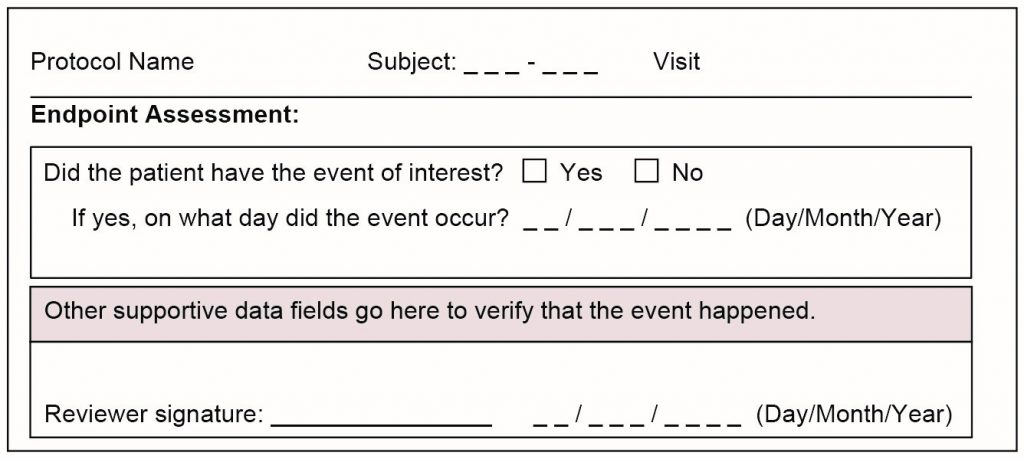This week’s author tip is from Jack Shostak’s new book SAS Programming in the Pharmaceutical Industry, Second Edition.
Shostak has been using SAS for nearly 30 years. In that time, he’s co-authored two other books, Common Statistical Methods for Clinical Research with SAS Examples, Third Edition, and Implementing CDISC Using SAS: An End-to-End Guide.
(The following excerpt is from SAS Press author Jack Shostak’s book, “SAS Programming in the Pharmaceutical Industry, Second Edition”. Copyright © 2014, SAS Institute Inc., Cary, North Carolina, USA. ALL RIGHTS RESERVED. (Please note that results may vary depending on your version of SAS software.)
Clinical Endpoint Committee (CEC) Data
It is often the case that the endpoint/event form captures data that are not entirely objective because they contain some level of clinical judgment. For instance, when precisely is a cold cured, was an event truly a myocardial infarction, or did any given event truly occur? The clinical site investigator may decide, using his or her clinical judgment, that a given event occurred, but often it is necessary to have an independent assessment of that event by another physician. This independent review helps to ensure that events are reported in a consistent way across multiple clinical sites for a clinical trial. Usually what happens is that a condition on the regular case report form “triggers” the release of a CEC form to be sent to the CEC. The CEC then takes the CEC form and verifies whether or not an actual event occurred based on the data available in the patient’s clinical records at the given site. A sample CEC form follows:
In this CEC form, “event” would be replaced by some clinical finding such as “myocardial infarction,” “stroke,” “seizure,” or the like. Once again, this form is extremely simplified, and there are usually a number of associated data variables captured that help to support the existence of the event.
The biggest problem for the statistical programmer when using CEC data is reconciling these data against the regular CRF endpoint/event data. This can be a difficult task, especially when you consider that a patient may have more than one event on a given day. Fortunately, because the endpoint/event data are so critical to a clinical trial, the quality of the reconciliation from the CEC form to the CRF form is not often relegated to some form of fuzzy data join. Usually there will be a definitive linkage via a key mapping data set that links the CEC event data to the CRF event data. However, if that key data set does not exist, then the statistical programmer must prepare for some difficult programming. It is also worth noting that the data from the adverse event forms, laboratory forms, and other forms, as well as a specific “event” form, may in fact trigger clinical events. This may add to the complexity of the reconciliation programming.

